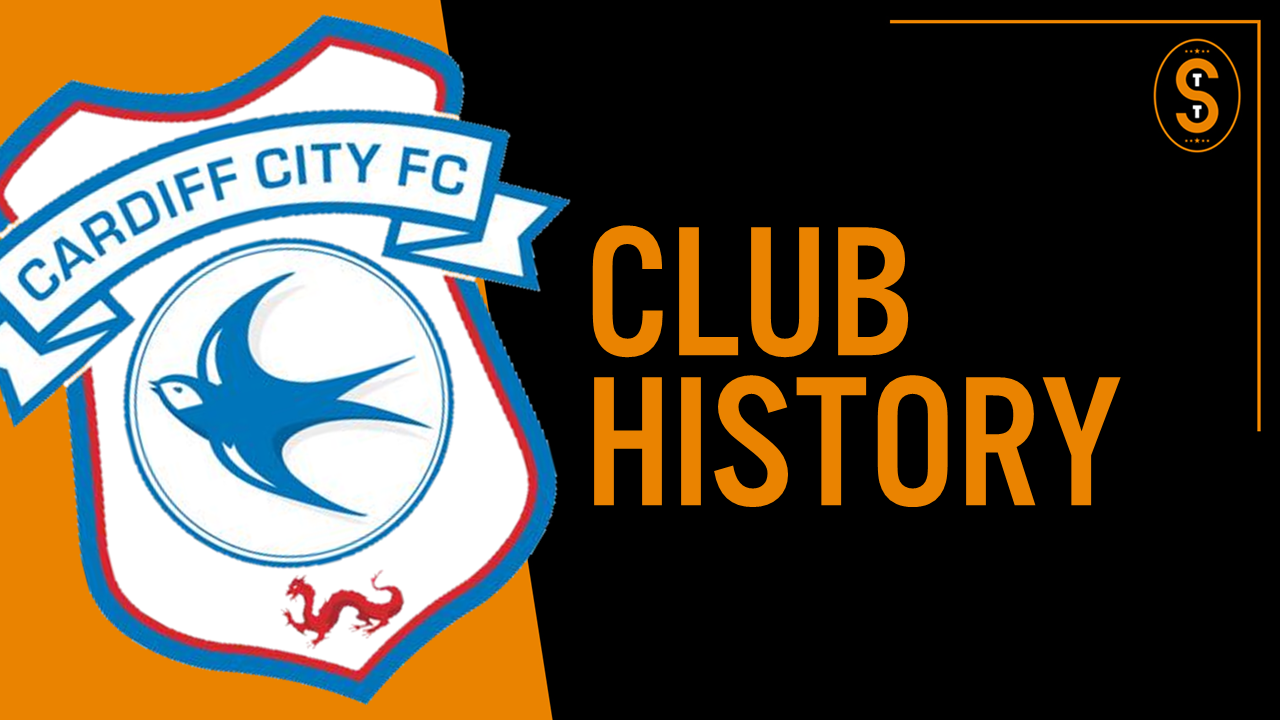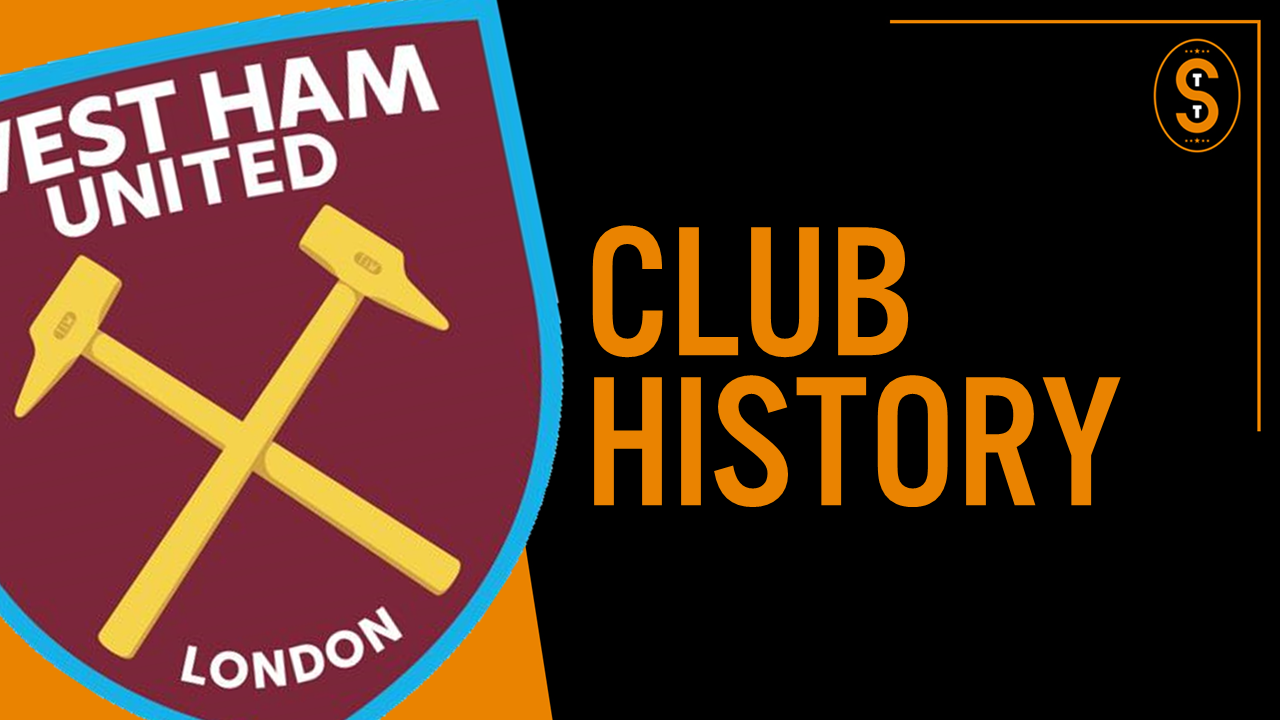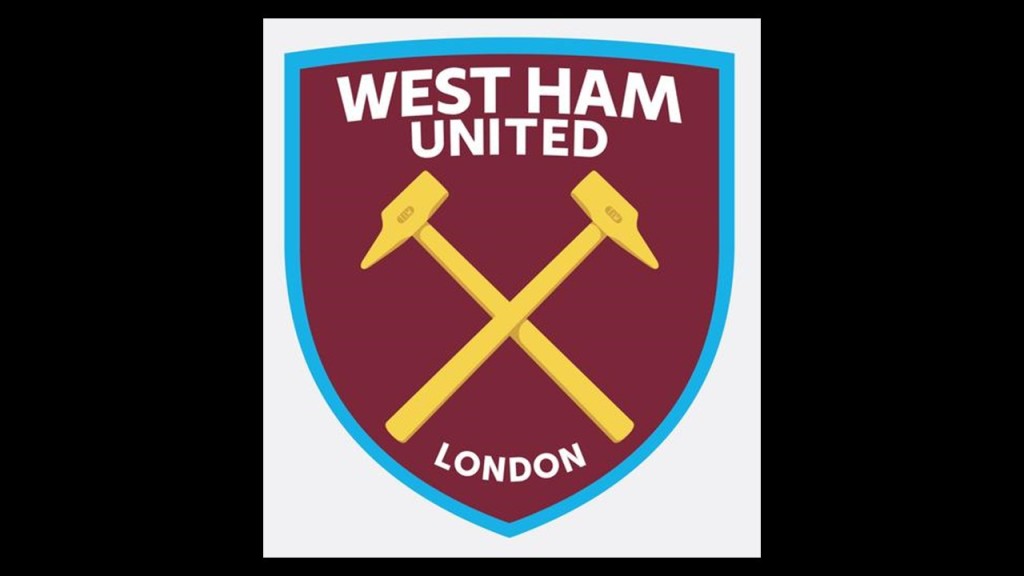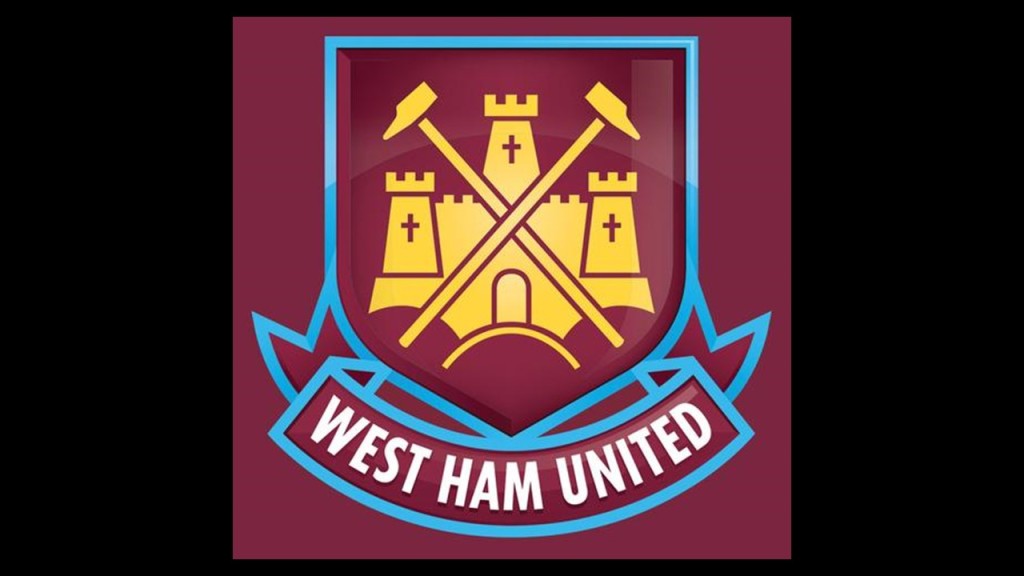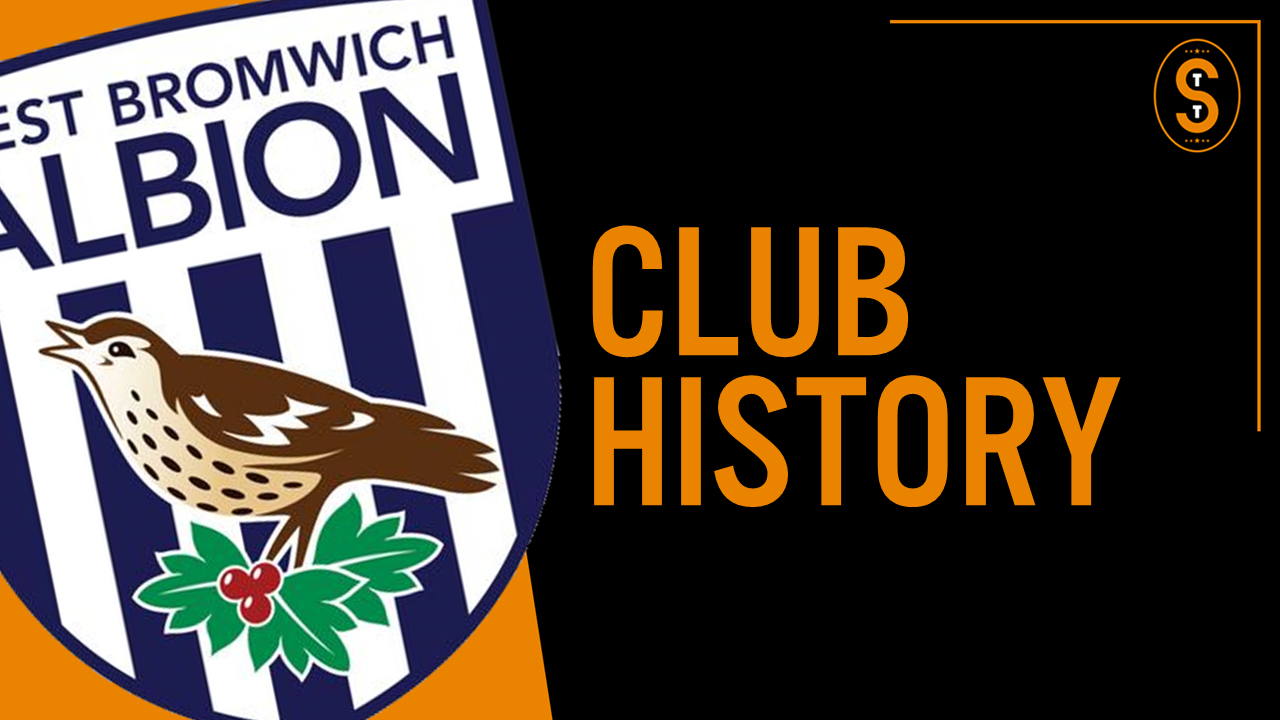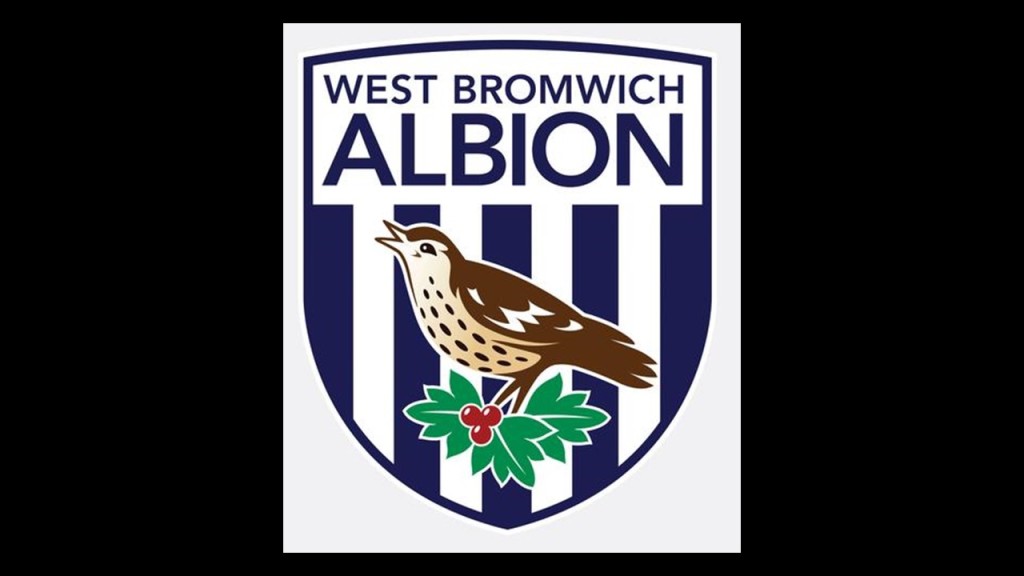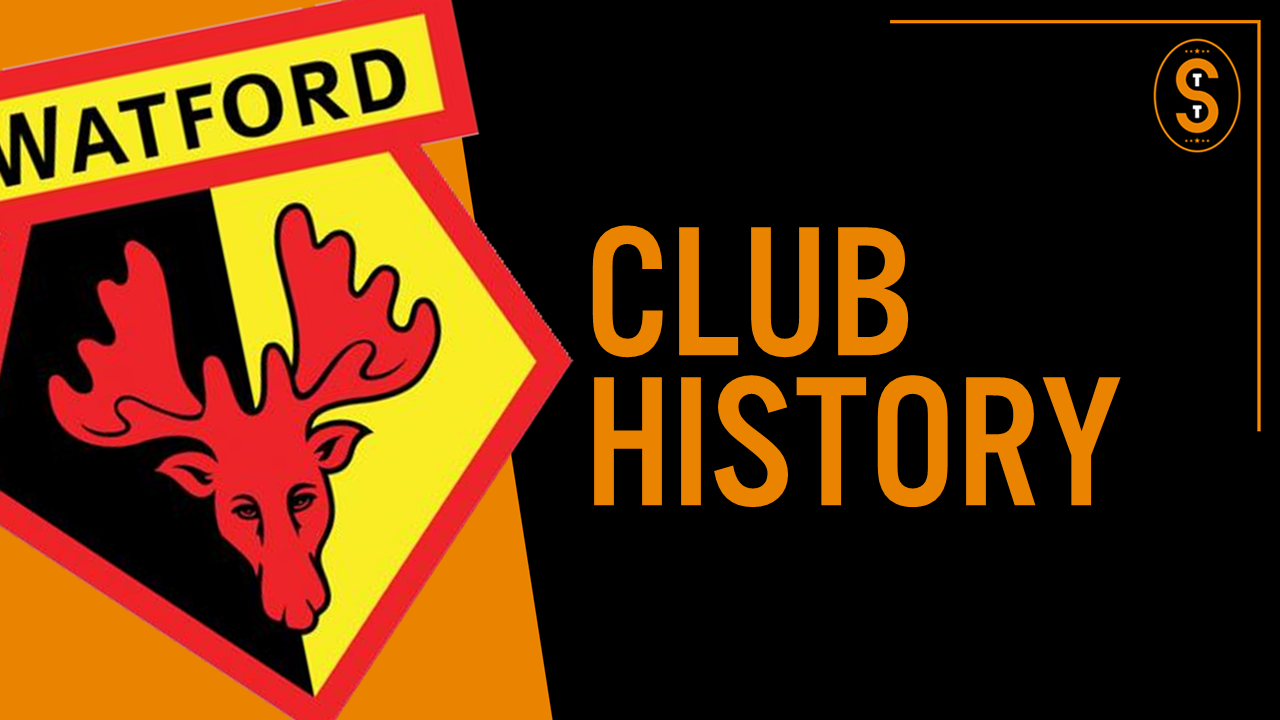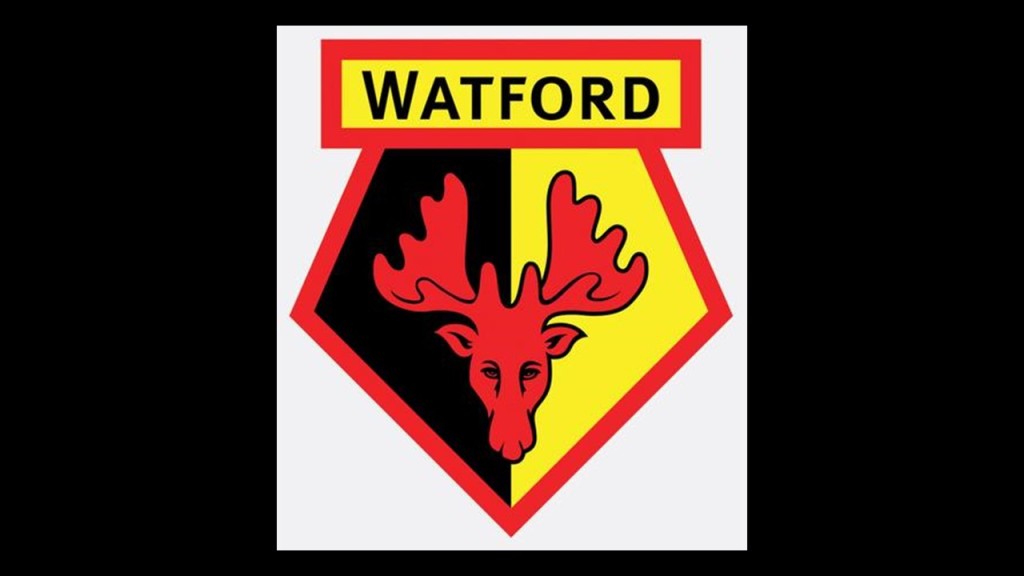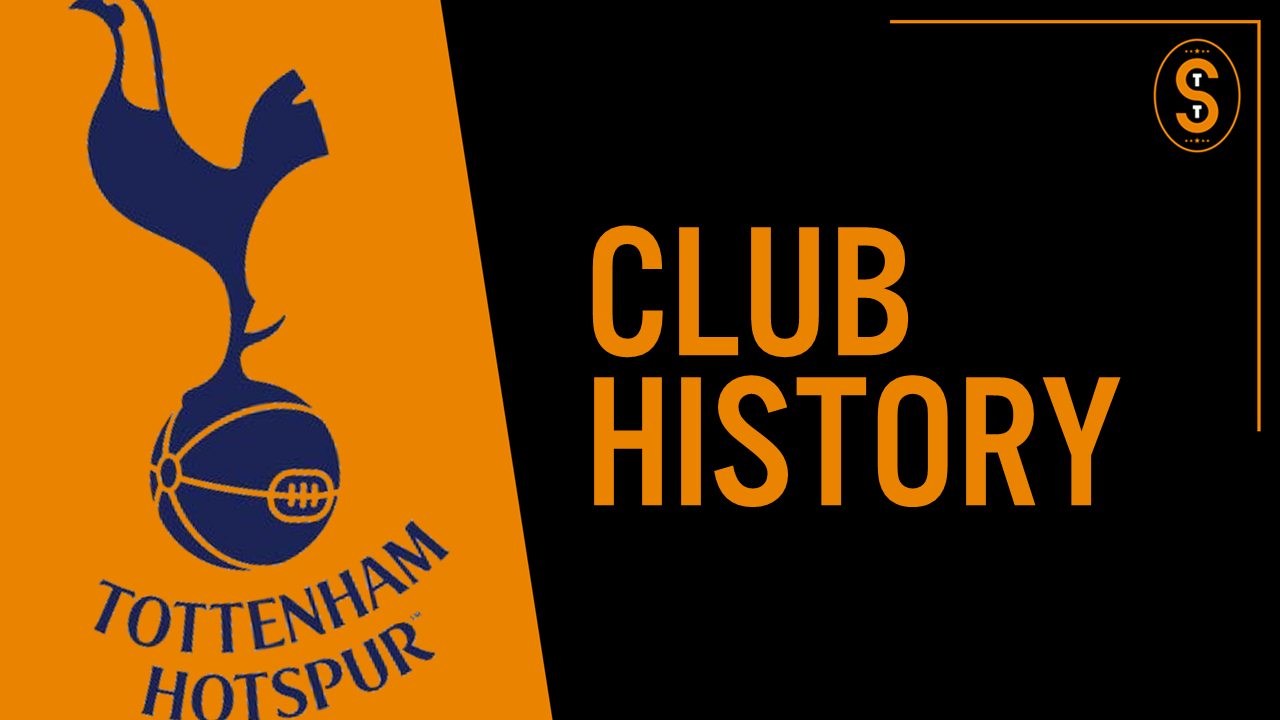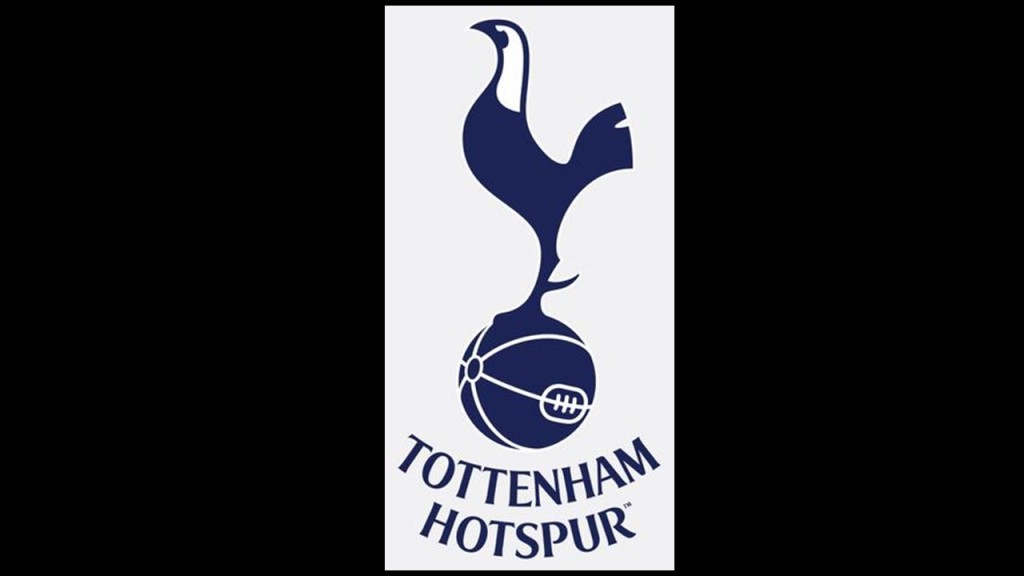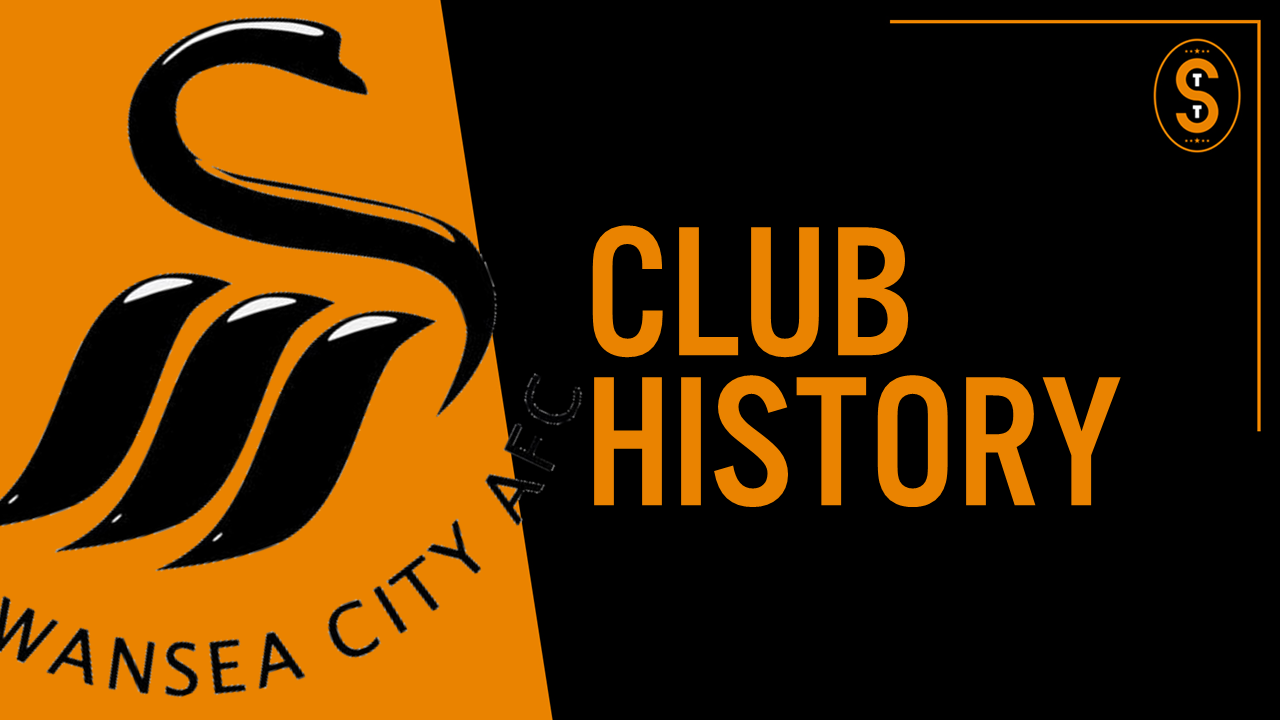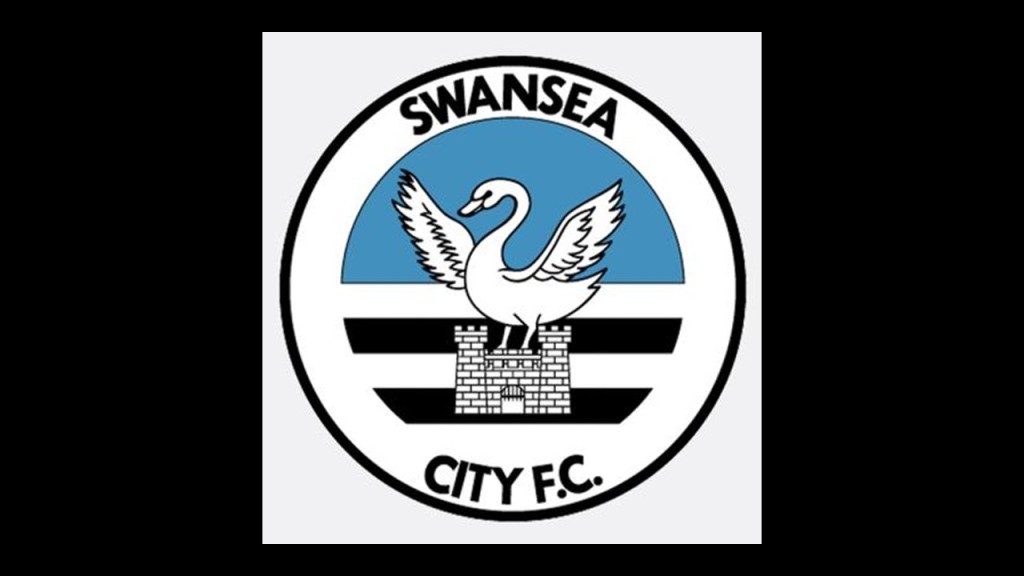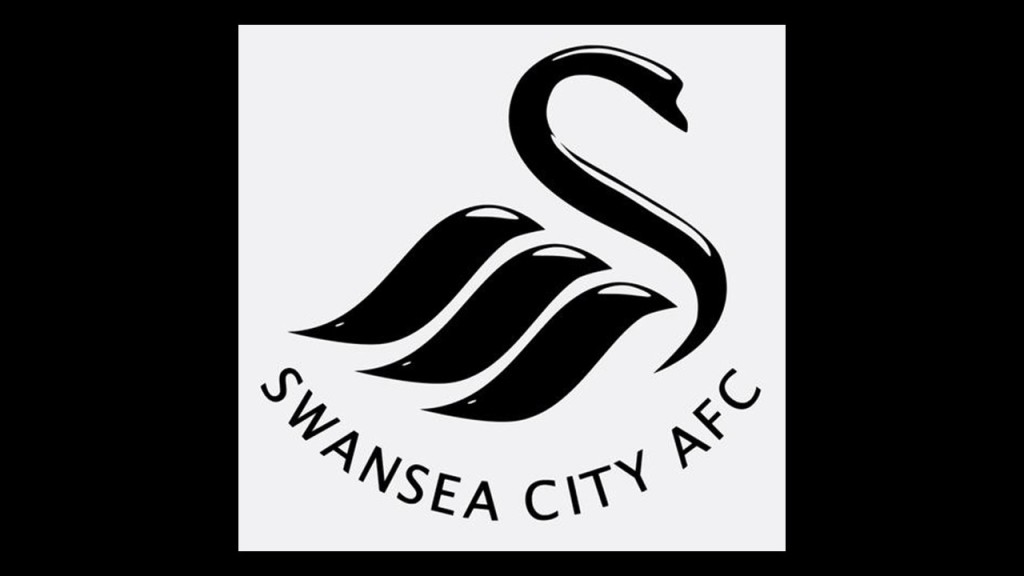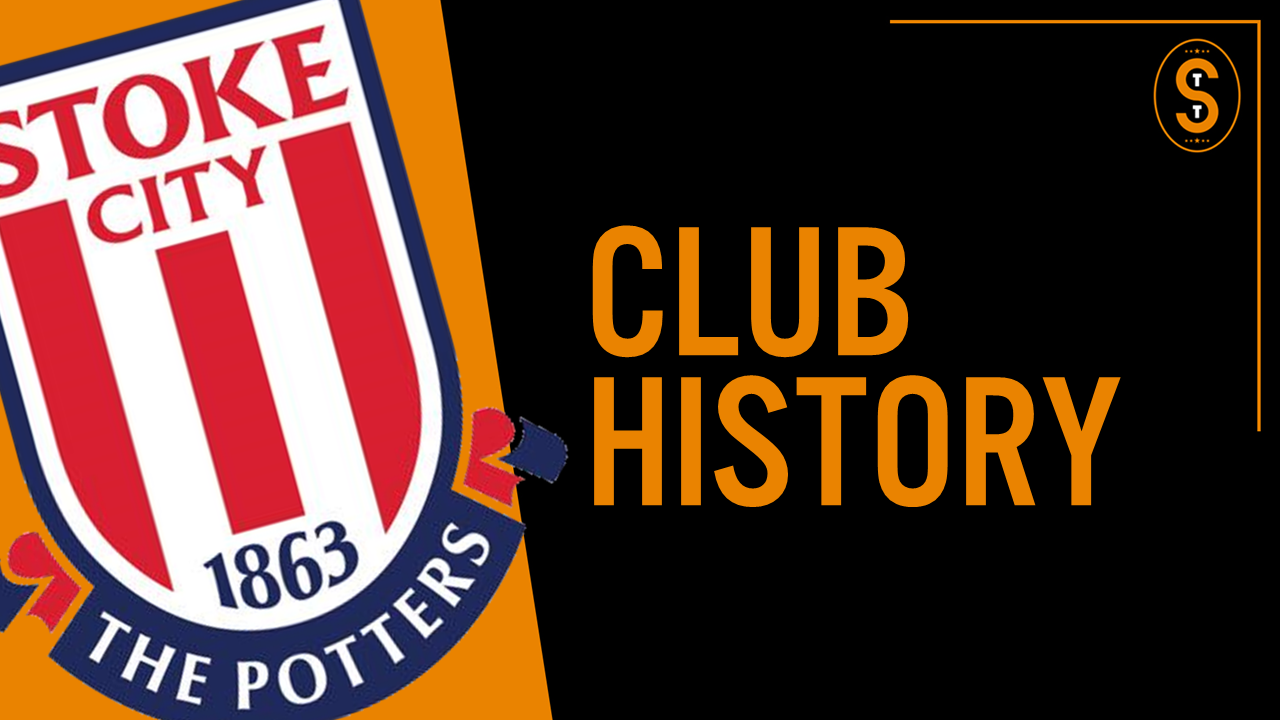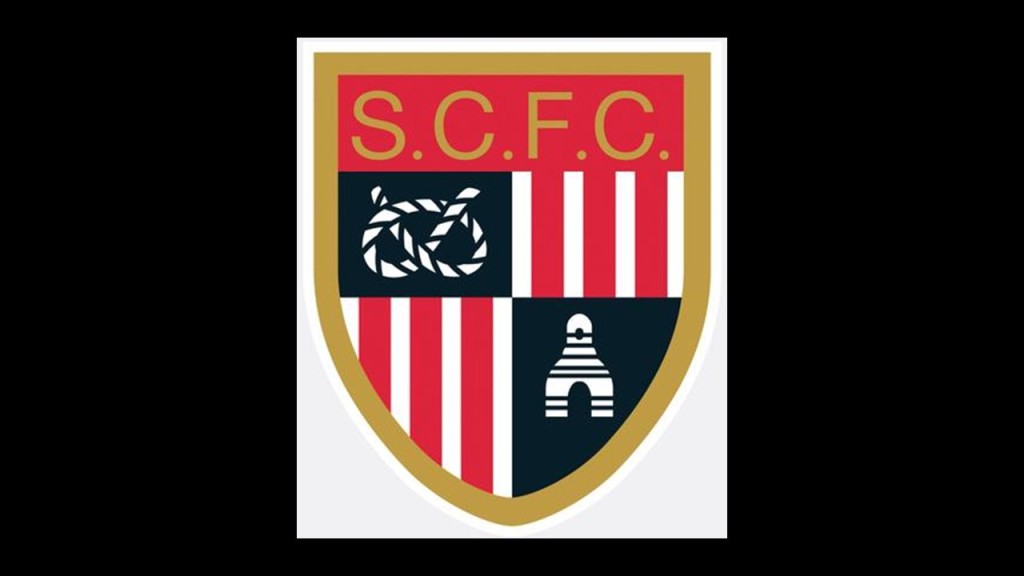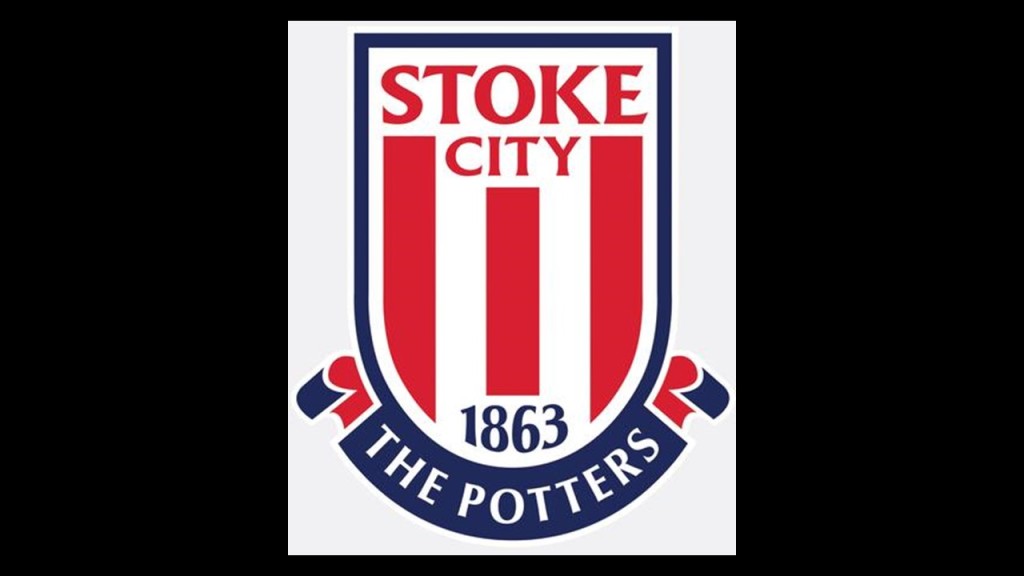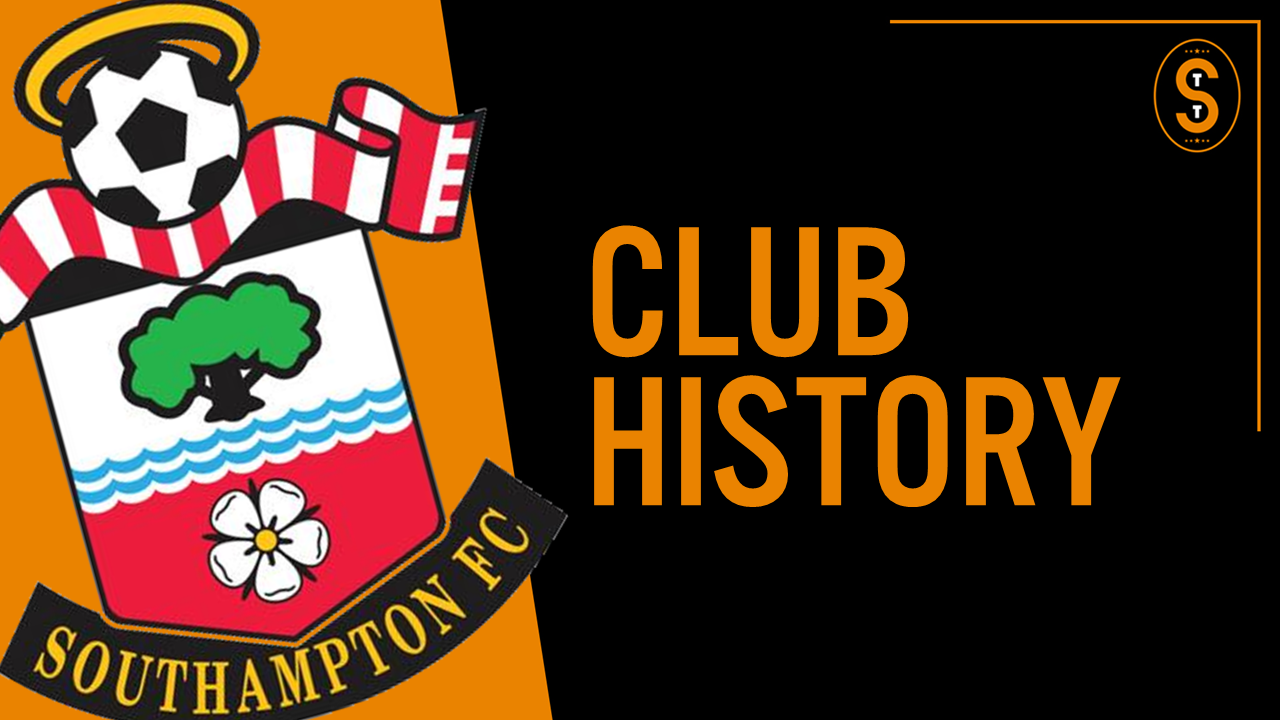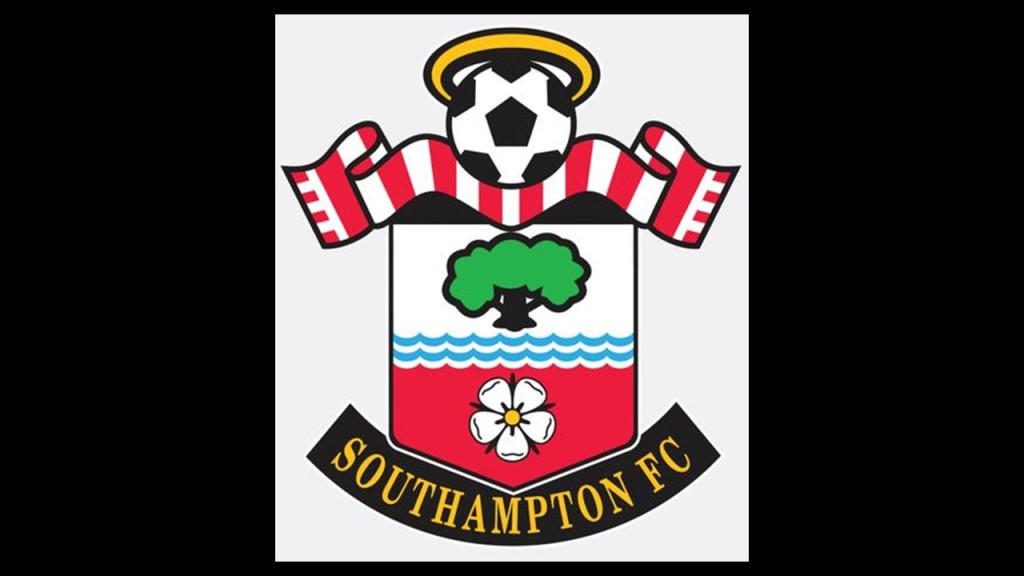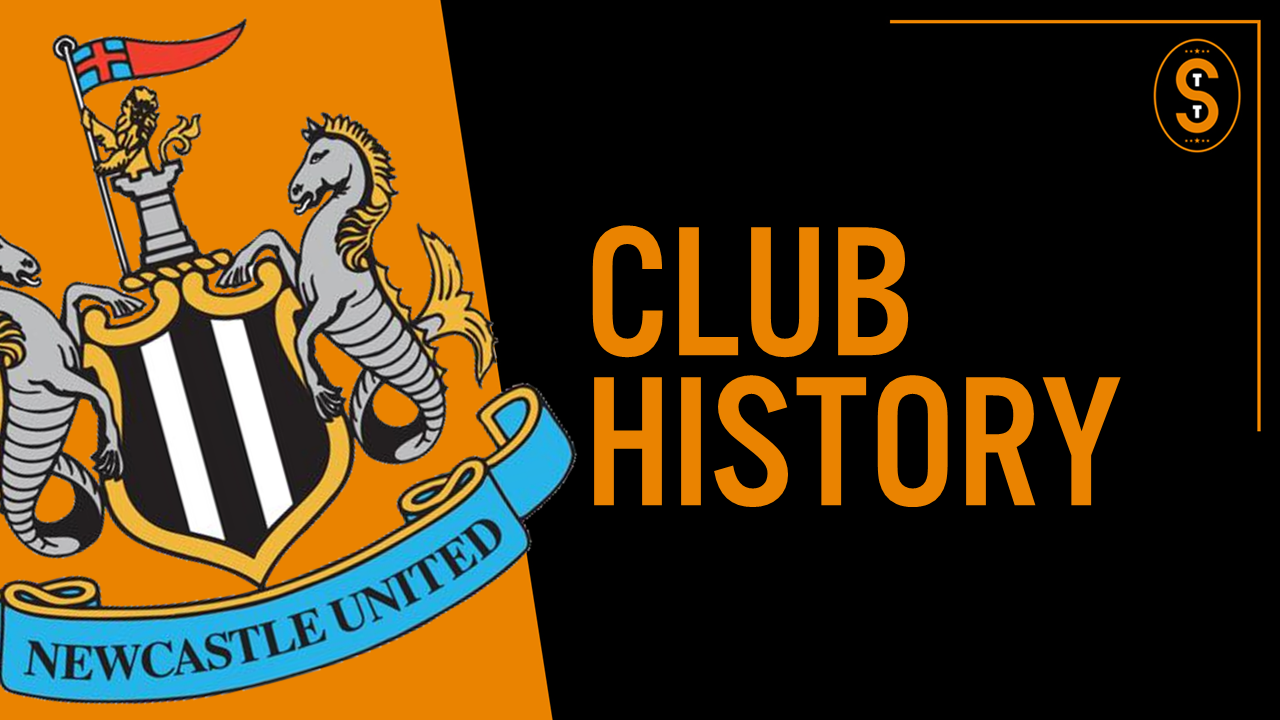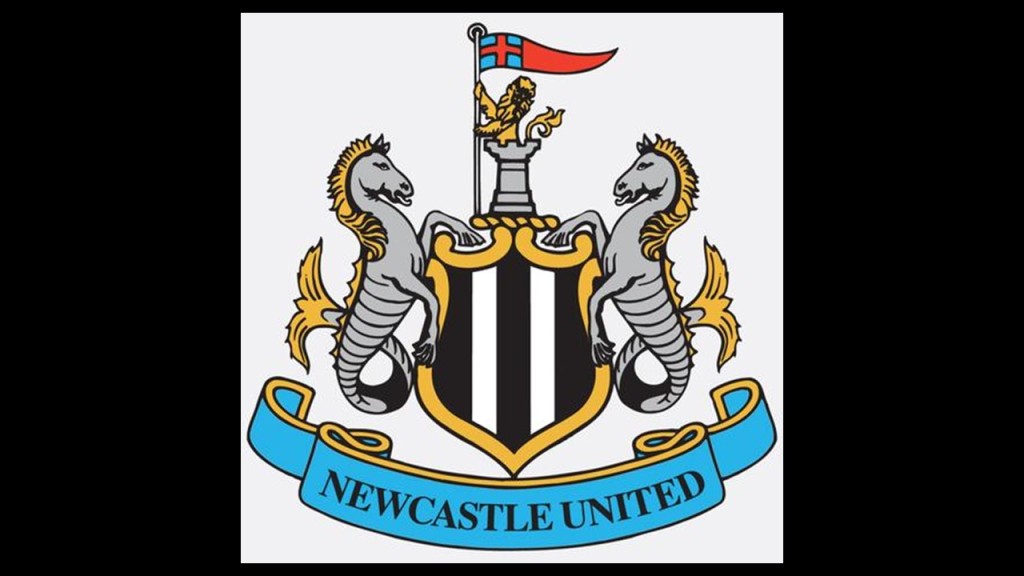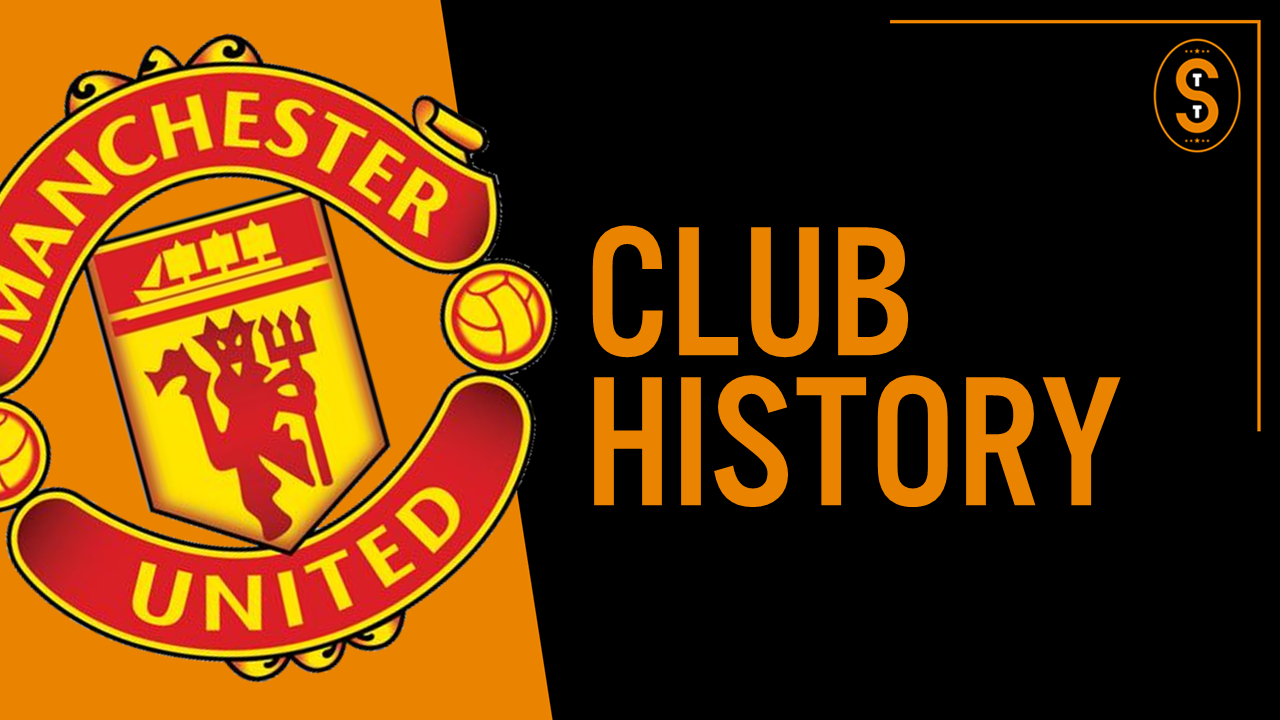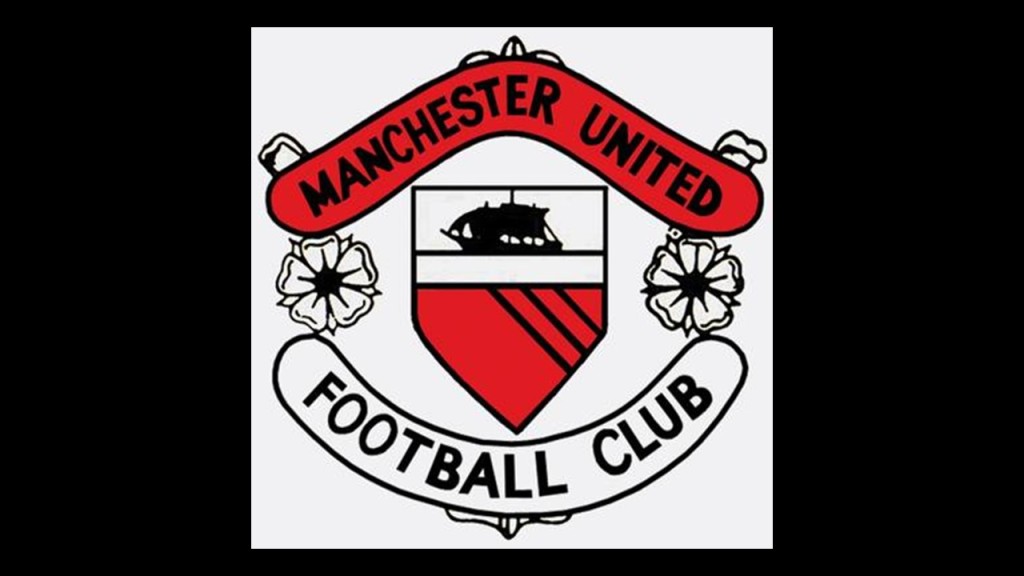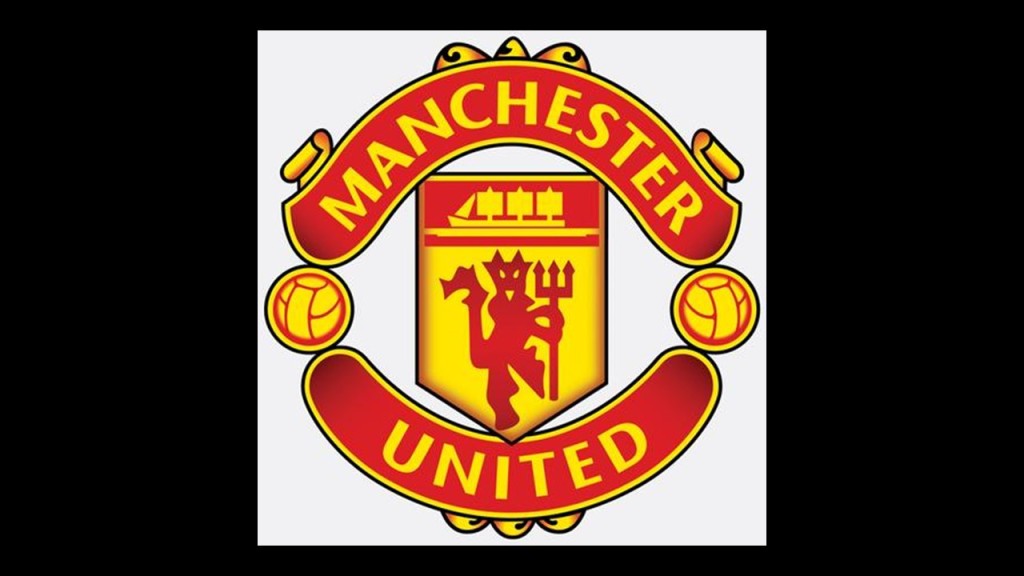Welcome to the Soccer Tavern, where we’re discussing the history, culture, and philosophy of the beautiful game. My name is Dave and in this video, we’re talking about the history of Cardiff City Football Club. Pull up a seat and let’s start the discussion.
Cardiff City FC is located in the southwestern part of the city of Cardiff. Cardiff is located on the southern coast of Wales in the United Kingdom. The club currently play in the Premier League (this was accurate at time of recording in July 2018 – the club has since been relegated) and its home ground is the Cardiff City Stadium, which opened in 2009. The stadium holds about 33,000 people.
Origin
The club’s origin starts with a man named Bartley Wilson. Wilson was a member of the Riverside Cricket Club in Cardiff, and formed a soccer team in 1899 to keep the members of the club engaged and active over the winter months. Wilson had tried many times to form a club but wasn’t successful until 1899. The team was formed and called Riverside Football Club.
In 1902, the club changed its name to Riverside Albion.
By 1908, the club’s name changed again when it was allowed to join the South Wales League. At this time, the club became Cardiff City AFC. The AFC stood for Association Football Club. Due to rugby’s popularity in the area, many Welsh clubs used AFC to distinguish themselves as soccer clubs rather than rugby clubs.
AFC was used off and on throughout the clubs history before finally being officially changed in 2003 after a club rebrand. It became Cardiff City FC at this time, which is its official name today.
Nickname
Cardiff City’s nickname is the Bluebirds.
The story of the nickname comes from the early part of the 20th century.
Around 1910, Cardiff City changed its kit color from the original colors of chocolate and amber to blue and white. Around the same time, a famous children’s play called the Blue Bird was written. That play came to Cardiff in October 1911 and was wildly popular. A week after the play left town, the writer of the play won a Nobel Prize for Literature. This led to all kinds of publicity and notoriety for the play having just been in town.
An unknown Cardiff supporter began calling the team Bluebirds because of the new kit color and play’s notoriety. That nickname was the favorite among supporters at the time and has stuck over the years.
Crest
The current Cardiff City crest has been used since 2015.
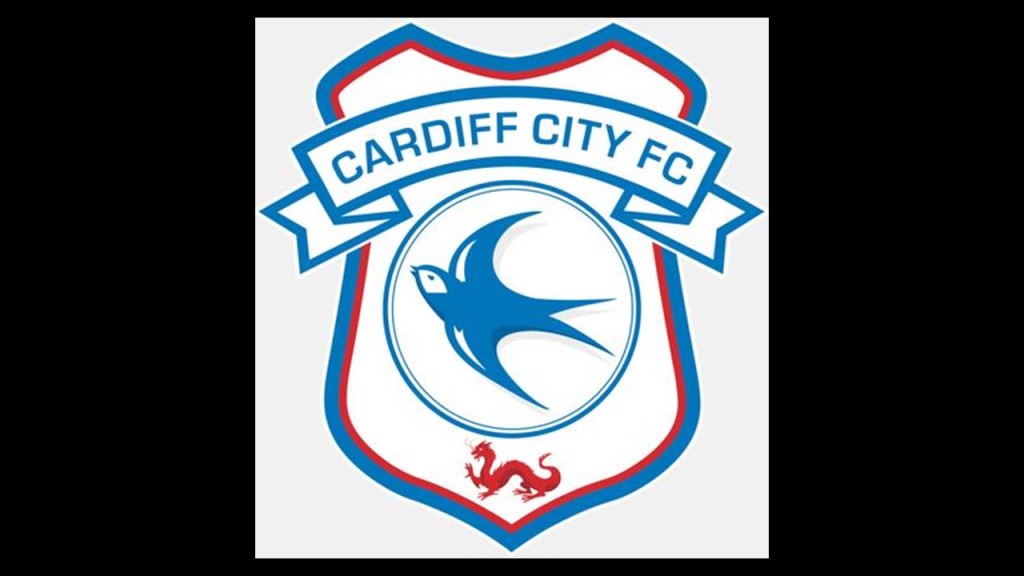
The prominent feature of the crest is the Bluebird in the middle of it. As we just talked about, the Bluebird comes from the club’s nickname and was first featured on a Cardiff City crest in 1959. The Bluebird has featured prominently on every Cardiff City crest barring a 4 year period from 2011 to 2015, which we’ll talk about in our next section.
At the top of the crest is the club’s name of Cardiff City FC in a scroll.
And at the bottom of the crest is a red Welsh dragon. This dragon was featured large and in the middle of the crest immediately before the current crest. That crest was an ill-fated attempt by new owners to change the branding of the club. We’ll discuss that in more detail in our next segment, but it didn’t work and the club’s crest was returned to the bluebird prominently featuring.
The dragon is the symbol for the country of Wales and a version of a red dragon was used on the club’s first crest, which was the city’s coat of Arms.
The dragon was kept in the current crest after the 2015 rebrand but was relegated to a small appearance at the bottom of the crest where it is now.
Important Events
I’d like to discuss 3 important time periods in the Bluebird’s history in this section.
The first group of events came in 1927. This was arguably the greatest year in the club’s history as Cardiff City won the FA Cup, Welsh Cup, and Charity Shield (now known as the Community Shield).
The Bluebirds first beat Arsenal on April 23, 1927 at Wembley in front of more than 90,000 people. The match finished 1-0 with Cardiff striker Hughie Ferguson scoring the lone goal. This FA Cup is considered the only major trophy in the club’s history.
Two weeks later, the club beat Rhyl in the final of the Welsh Cup 2-0 with goals by Len Davies and Sam Irving.
And finally, a few months later, on October 12, 1927, Cardiff beat Corinthians 2-1 in the FA Charity Shield (which nowadays is called the Community Shield and doesn’t have as high of a profile). Back then, it did have more significance and the scorers for Cardiff on the day were Ferguson and Davies, who scored in the FA and Welsh Cup finals respectively.
The next period I’d like to mention is the 1967-1968 European Cup Winners’ Cup run for Cardiff. In this tournament, the Bluebirds went on an improbable run to reach the semi-finals. The club advanced past Shamrock Rovers, NAC Breda, and Torpedo Moscow before meeting Hamburg in the semi-finals.
The first leg of the semi-finals against Hamburg was played on April 24, 1968 at Hamburg. In front of more than 64,000 people, Cardiff secured a shock 1-1 draw and returned home. The second leg was played on May 1, and was 2-2 late in the match before Cardiff conceded a stoppage time goal to allow Hamburg the victory and progression to the finals. Although this run didn’t end in victory, it is Cardiff’s deepest run in a European competition in the club’s history.
And the last period I want to highlight is related to the current owner of Cardiff City, Vincent Tan. In May of 2010, the club was on the verge of bankruptcy, which is called administration in England. The terrible financial position came from unpaid taxes and the club over-exerting itself on building a new stadium as well as player acquisitions. Tan saved the club from bankruptcy but his ownership has brought a tumultuous time to the club.
In June 2012, Tan announced that the club’s main colors would be changing from blue to red. He cited the change to red was to honor Wales but really, the change was to market Cardiff City in Asia. There, the color of red has a strong significance. Additionally, the club’s crest was drastically changed to have a large red dragon in the middle of it rather than the Bluebird, which had been the case for more than 50 years. Less than a year later, Tan suggested the club’s name could be changed, again for marketing purposes to the Cardiff Dragons but fortunately this change never came.
It hasn’t been all bad under Tan’s ownership. The club was able to secure promotion to the first division on April 16, 2013 for the first time in 50 years. Additionally, the crest was changed to a version that more resembled the club’s previous crest in 2015 and the club’s primary color of blue has been restored. It appears relations have improved between supporters and the owner after a rocky start. Hopefully Tan continues to recognize and value the fantastic history of this great Welsh club.
Supporters
Cardiff City fans have a very interesting tradition where they tap their hands on their head as a show of support and it’s called “doing the Ayatollah.”
Before I explain the origins from a Cardiff perspective, I want to explain some world events that were happening at the time of this move’s origin. In June of 1989, the Ayatollah Khomeini passed away. His funeral was shown all over the world, including Wales. The Iranian symbol for grief and mourning is a tapping of the head like this. About a year later, there was a massive earthquake in Iran that killed more than 35,000 people. Images of this were shown all over the world with the tapping of the head symbol often shown again.
With the image fresh in the minds of people all over the world, including in Wales, one Cardiff fan apparently applied it to watching a Cardiff City match. The supposed first use of the gesture came during an away match against Lincoln City in September 1990. The match ended 0-0 and was apparently a tough watch. That prompted a Cardiff fan to tap his head showing grief at the performance and it caught on.
As with most things in supporters culture, the gesture started small and grew organically to the point that the gesture is a sign of support for the bluebirds these days.
Noteworthy Players
Fred Keenor was the first real legend in Cardiff City history. He was a local kid from the city who joined the club when he was 18. He would spend 19 years with the club, taking a break to fight in WWI. During the war, he suffered an injury to his leg that threatened his playing career but he was able to recover and resume playing after the war. Keenor was club captain during the club’s most successful years in the 1920s. He led the team to the 1927 FA Cup, Welsh Cup, and Charity Shield. He was also captain as the team finished the first division in 2nd place, their highest ever finish. Keenor would earn 32 caps for Wales during his career and was a fantastic leader from his midfield position.
Alf Sherwood joined Cardiff in 1942 and would play for the club more than 350 times before leaving in 1956 for Newport County. Sherwood became captain in the late 1940s and led Cardiff from the 3rd division to the 1st division. The club remained in the first division while he played for Cardiff, only suffering relegation after his departure. Sherwood was also a backup keeper, which was exceptionally useful in the days before substitutions were allowed. He had a famous double-save in 1954 against Liverpool that relegated the Reds that season, which was the last time Liverpool have been relegated. Legendary striker Stanley Matthews called Sherwood the most difficult opponent he ever played against and Sherwood is considered one of the greatest Welsh players of all time.
The third player I want to discuss is Derek Tapscott. Tapscott was nicknamed “Tappy” and joined Cardiff in the prime of his career. He played with the club from 1958 to 1965 and led the bluebirds back into the first division. Tapscott led the first division in scoring while playing for Cardiff and is widely considered one of the best forwards to have ever played for the club.
I also wanted to briefly mention Ivor Allchurch, Aaron Ramsey and Craig Bellamy. None of these men are most well-known for playing at Cardiff, but they are some of the most famous Welsh soccer players of all-time and each played for Cardiff for a short time.
- Allchurch was nicknamed the “Golden Boy” of Welsh soccer and would have a standout career, mainly for Cardiff’s bitter rivals Swansea. Allchurch played for the bluebirds from 1962 to 1965.
- Ramsey joined Cardiff City at 8 years old. He spent more than 8 years at the club before he was sold to Arsenal FC in 2008. He’s gone on to have a stellar career for Arsenal and Wales.
- And Bellamy played for many teams all over Britain, most notably Liverpool and Manchester City. He chose to end his career with Cardiff City, which was his hometown club. He joined the bluebirds in 2012, when they were in the 2nd division. Bellamy was instrumental in the 2012-2013 season as Cardiff earned promotion to the top flight for the first time since 1962.
Noteworthy Managers
Fred Stewart had the longest managerial career of any Cardiff City manager. He was in charge for more than 22 years at the club from 1911 to 1933. Stewart led the Bluebirds to the 1927 FA Cup, the club’s only major trophy, and managed more than 600 matches. During Stewart’s time in charge, the club enjoyed one of its most successful periods ever. This came mainly in the 1920s when it won the FA Cup, reached another FA Cup Final, reached the English First Division for the first time in the club’s history, and nearly won the league in 1923-1924 season. Cardiff missed out on the title by fractions of a goal due to the deciding factor being goal average at the time. It was the closest first division title margin ever. Stewart was instrumental in leading the club during this entire period.
Jimmy Scoular is the 2nd longest serving manager in club history and managed Cardiff City for more than 9 years. He was in charge when the Bluebirds first qualified for European competition. They did that by winning the 1964 Welsh Cup before Scoular took over the club and entered the 1964-65 European Cup Winners’ Cup in Scoular’s first season in charge. Cardiff made a surprising run to the quarterfinals of that tournament. Scoular would lead the club into Europe multiple times during his time at the club and Cardiff would often outperform expectations in the Cup Winners’ Cup. This included a run to the semi-finals of the 1967-1968 Cup Winners’ Cup. At the end of his time in charge, Scoular managed more than 450 matches for Cardiff and won 7 Welsh Cups with the club. The 7 Welsh Cups won is still a record for a Cardiff City manager.
Current manager, Neil Warnock is making a name for himself in Cardiff history. He’s been the manager since October 2016 and has one of the highest win percentages in club history. Warnock has managed 12 clubs since becoming a manager in 1986 and has more than 50 years of experience playing and managing professionally. He made his playing debut in 1967. If he can lead Cardiff to stability in the Premier League, he may go down as one of the greatest managers in club history.
Rivals
The Bluebirds have 2 main rivals: Swansea City and Bristol City
Cardiff City’s main rival is fellow Welsh club Swansea City AFC. Matches between the two clubs are called South Wales Derbies. The two cities are about 40 miles apart and are Wales’ two largest metropolitan areas. There is a natural rivalry between the two cities as many Welsh citizens believe Cardiff’s status as the capital of Wales means it gets preferential treatment & funding from the government. From a sporting sense, the rivalry wasn’t always intense, but the hooliganism of the 1980s turned the rivalry violent. Since then, it has been an extremely tense match between players and fans of either side whenever they each other. The two clubs have met many times across the divisions and cups of English soccer and this is one of the most intense rivalries in all of Britain.
Cardiff’s other main rival is Bristol City. Matches between these two are called the Severnside Derby in reference to the river that separates the two cities. Cardiff and Bristol City first met in an FA Cup match in 1915 and have met many times in meaningful matches across the English pyramid and FA Cup over the years. With the two stadiums about 44 miles apart and fans amped for whenever the sides meet, this has grown into quite a passionate rivalry.
Stats & Records
The stats and records we’re about to discuss are as of July 2018 when we are recording this video.
Cardiff have spent 17 seasons in the top flight in their history.
The Bluebirds have 1 major title – the 1927 FA Cup.
The club also has 22 Welsh Cups and the 1927 FA Charity Shield
The club’s record first team appearance holder is Phil Dwyer with 531 appearances.
The club’s record goal scorer is Len Davies with 181 goals.
Cardiff’s record transfer purchase was Gary Medel from Sevilla in Spain on August 10, 2013 for about £11M.
And the club’s record transfer sale was Steven Caulker to Queens Park Rangers on July 22, 2014 for about £8M.
One last interesting fact about the club: The 1927 FA Cup win for Cardiff was the first, and so far only, time a team from outside of England has won the FA Cup.
It was also the first and likely only time the FA and Welsh Cups were held by the same club. Since Welsh clubs participating in the English pyramid are no longer invited to the Welsh Cup, this feat will likely never be matched.
So there you have it… a bit of history on Cardiff City Football Club. Let’s continue the discussion in the comments section below this video.
Thanks for stopping by the Soccer Tavern. Hope to see you again sometime soon. Cheers.
